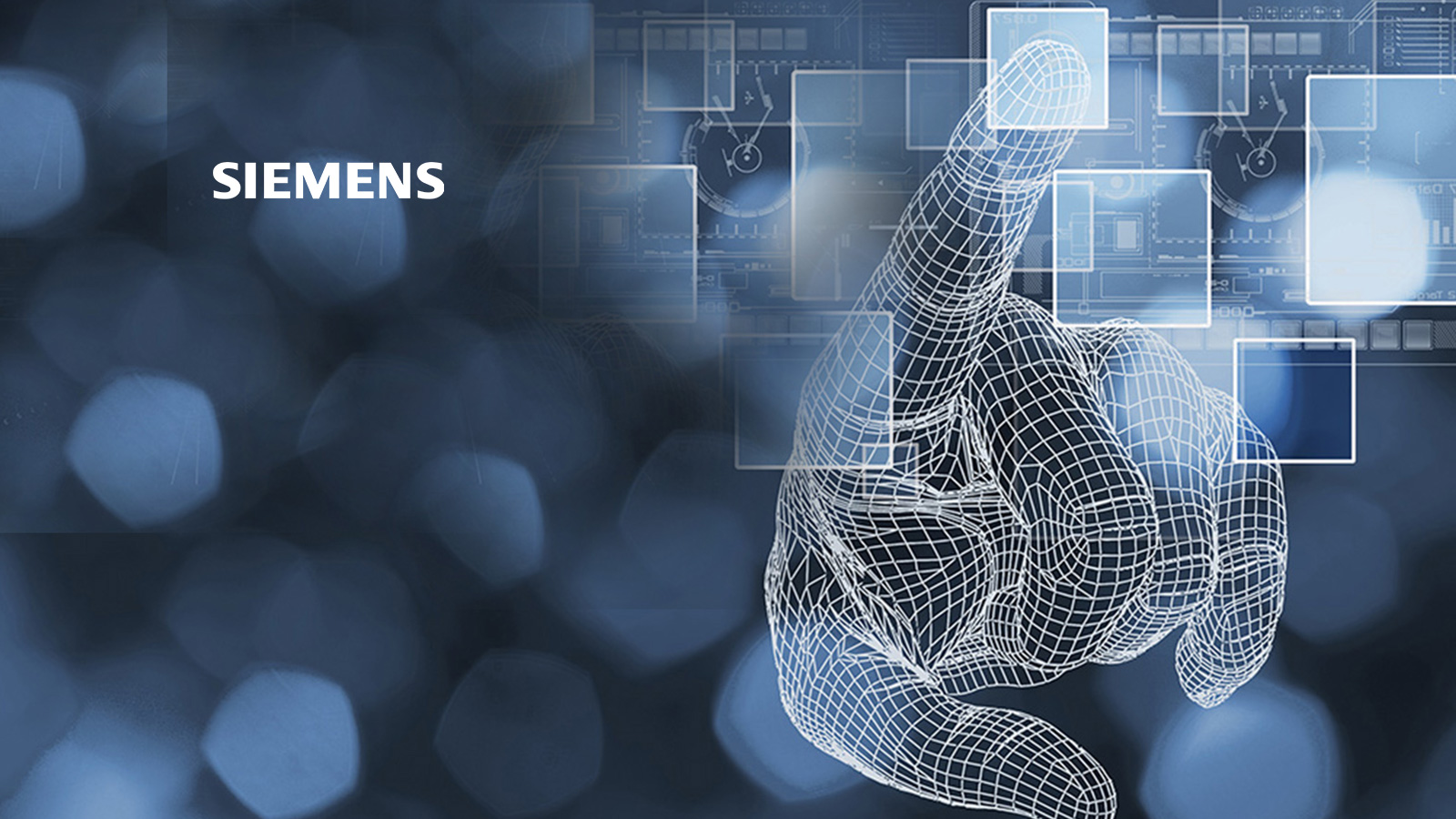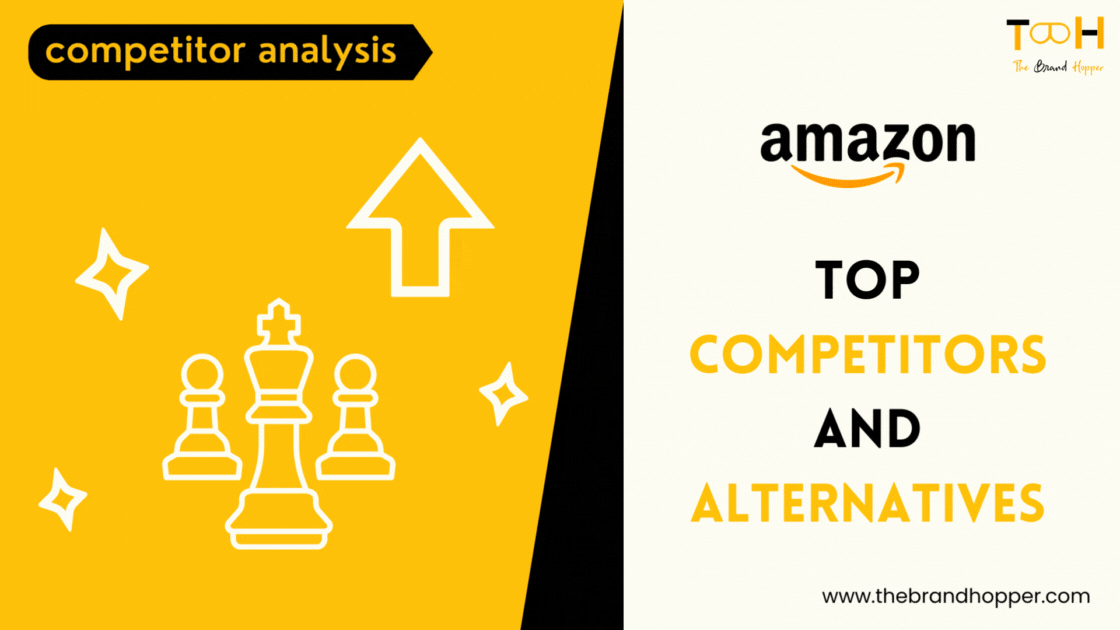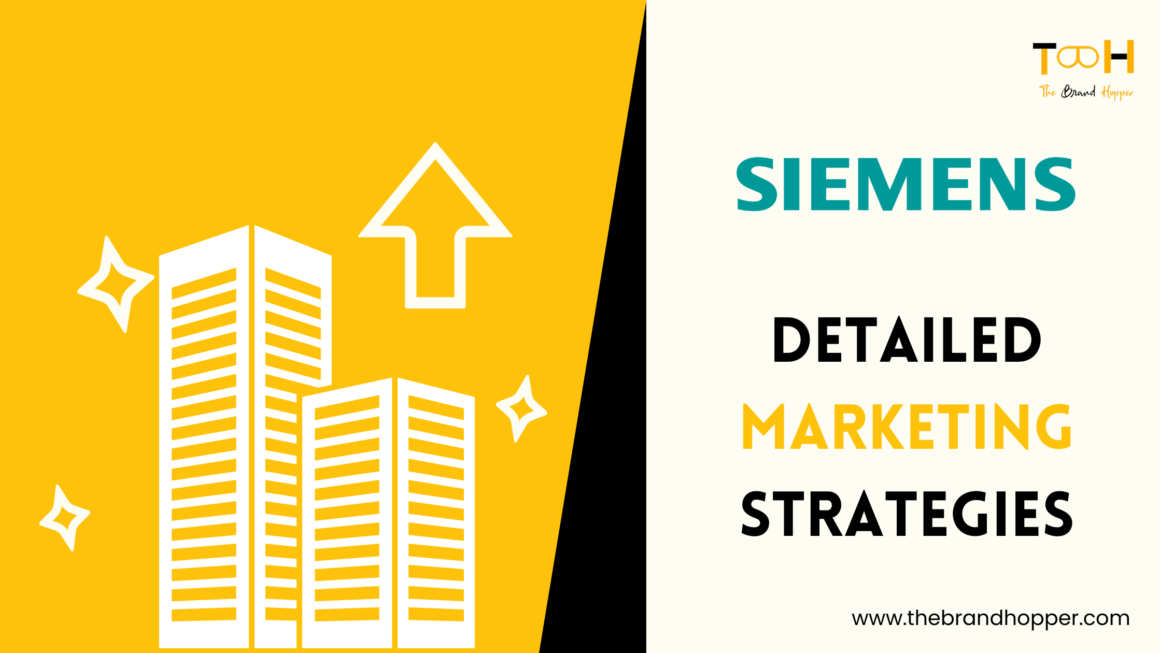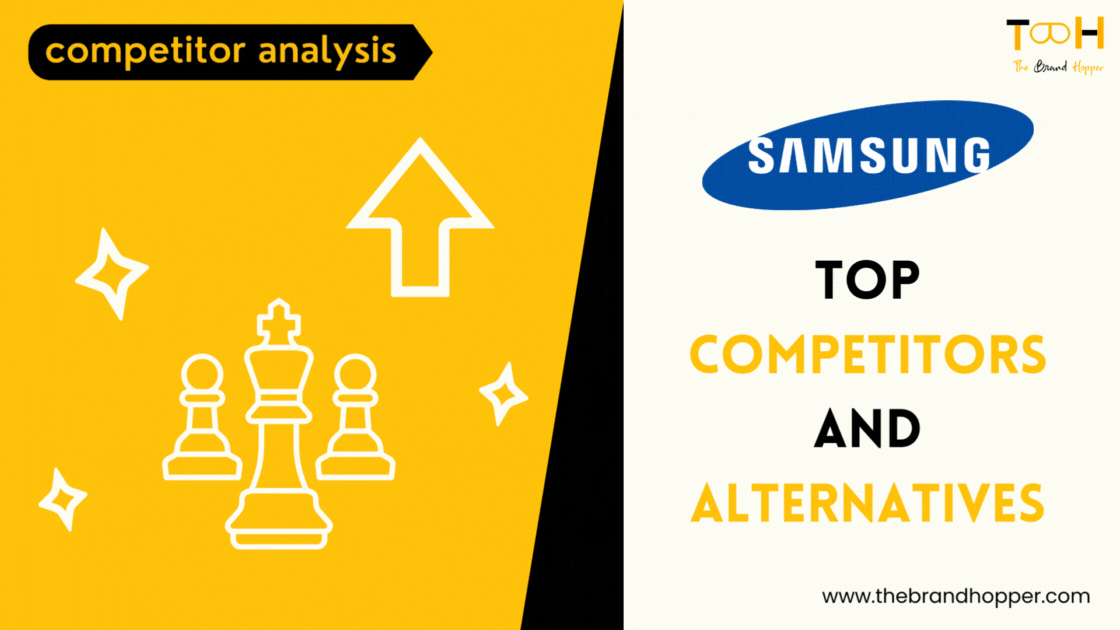The brand Siemens, as we know it today, started as Siemens and Halske in 1847 as a telegraph construction company. Founded by Werner von Siemens and Johann Georg Halske, it is one of the world’s oldest engineering firms.
In 1848, the company constructed the first long-distance telegraph line in Europe. In 1966, the company changed its name to Siemens.
Siemens has a presence across different sectors. It offers products and services in switchgear, automation, motors, transformers, medical instruments, gas and power, mobility, energy management, and digitalization. The company is the largest home appliances manufacturer in Europe with its joint venture with Robert Bosch Gmbh.
The tagline of “Ingenuity for life“ resonates with what the company does. The company has a presence in around 200 countries/regions globally, with nearly 3,85,000 employees worldwide. Siemens believes in making real what matters and strives to identify and solve society’s problems to create a better world. A part of Siemens’s core strategy is a “Customer First” culture. The company has improved customer satisfaction and NPS by focusing on customers in each process within its ecosystem. Siemens is ranked 74 in Fortune Global 500 rankings for 2020.
Siemens ranked No. 1 in ARC’s Top 50 global automation vendors in terms of revenue. It is also ranked ninth best employer by Forbes worldwide in 2020. The company believes in employee satisfaction to drive customer satisfaction, and as a result of this, it is able to improve its customer satisfaction. The company has always stayed ahead of the curve and is able to bring innovative solutions and create value for all stakeholders. The company came up with its “Vision 2020+” plan in 2018 to drive its future growth.
Read more on Siemens Global and the strategies that sustain the technology giant :
Brand | Siemens AG – Strategies That Sustain The Technology Giant
Company Overview in India
The company is named Siemens Ltd. in India. The company started its operations in India in 1867 with the construction of the telegraph line. Today, Siemens has 22 factories, 11 R&D centers across India.
The company has recently consolidated itself. It is focussing on its core competencies of infrastructure, automation, and digitalization. The company’s acquisition of C&S electric has added to the product portfolio of the company. The company is looking to focus on India’s M3 market and looking to boost its exports from India.
The other subsidiaries of the company include Siemens Gamesa Renewables, Siemens Healthineers, Siemens Financial Services. The CEO of Siemens India has confidence in the Indian growth story, and the company is looking to invest in India amidst the pandemic. India is recognized as one of the four corporate countries for Siemens alongside China, Germany, and the USA.
Also Read: Accenture – The Brand Strategies Behind High Performance
Infrastructure
With its range of products across segments, Siemens is contributing to the infrastructure development of the countries. According to the annual economic survey report, India will need $4.5 trillion investment in infrastructure by 2040. With its strategic companies such as Siemens Mobility and Siemens Gamesa, the company is providing innovative solutions to build a state of the art infrastructure facilities in India.
It is also a leader in supplying rail automation products. Some of Siemens’ recent projects were the Pune Metro, Gurgaon Metro, and the signaling contract for Banglore Metro. The electrical product segment has products ranging from relays to circuit breakers. These products have domestic as well as commercial applications. All the Siemens products comply with the CE norms and can be reliably integrated either within homes or even with the industry.
Siemens believes that a robust power sector is required from an economic perspective. The company is also building reliable power generation, transmission, and distribution systems in India and is working on some critical projects with a state-owned Power Grid. It brought some of the first time technologies in India, such as HVDC transmission. Through its subsidiary, Siemens Gamesa, the company plans to make the highest capacity (3.4MW) wind turbine in India.
The company has also received an order from Adani Green Energy for one of India’s largest wind power projects. The company will install 122 wind turbines totaling 473MW. Recently, the company has integrated state of the art technology for the prestigious Atal Tunnel. Siemens provided electrification, automation, and digitalization solution for local and remote monitoring, connectivity, lighting, ventilation, and fire safety systems within one of the longest and highest altitude tunnel.
Siemens is one of the official premier partners for Expo 2020 Dubai. The expo has a theme of “Connecting Minds, Creating the Future.” At Expo 2020, Siemens wants to reshape the future of urban living by creating a blueprint for smart cities at the Expo site by integrating Siemens technologies.
Siemens, in collaboration with Deutsche Bahn, has launched hydrogen train trials. This project is in line with companies goal to provide sustainable solutions to society. The company has ventured into providing smart infrastructure solutions to people. It has acquired three smart building apps startups such as Comfy, Enlighted, and J2 innovations. All three companies help in turning building infrastructure into intelligent, IoT-enabled systems. The company offers E-car OC (operation center) for managing charging infrastructure for the e-vehicle.
Digitalization
The interplay of product lifecycle management(PLM), automation, and digitalization, which is a critical component of industry 4.0, will be essential for a sustainable manufacturing sector. Siemens is focussing on Industry 4.0 and digitalization to help businesses increase their efficiencies. The company has wholly digitalized its manufacturing plant at Kalwa Works in Navi Mumbai to increase the value chain’s efficiency.
A digital enterprise suite (DE) can integrate the entire value chain for the industries. Mindsphere, the flagship cloud-based, open-IoT operating system of the company, has found its use in various industries. The company is promoting this platform to its customer in improving their efficiencies and moving towards smart factories.
The customers find it easy to collect, store, and analyze the data using this platform. The digitalization concept is not only restricted to industries. Smart buildings, smart grids, smart meters, etc., are the company’s complete range of products for customers. Siemens has also acquired companies such as Mendix, Mentor Graphics to advance its footprint in digitalization.
Siemens is creating value for Indian manufacturing companies with the help of data. The Government of India also wants the share of manufacturing in GDP to reach 25%. The company is in strategic alignment with the Indian scenario, and the contribution of the company is of immense importance. The company has also given its employees basic training on its digitalization portfolio to drive faster technology adoption.
Strategies
Due to its presence in over 190 countries, Siemens uses demographic and geographic segmentation for products for B2B businesses while it uses demographic and psychographic segmentation for its retail clients. Siemens’ distribution strategy has helped the company in optimum utilization of the resources to reduce its cost of operations.
It works collaboratively with its suppliers and customers to manufacture and deliver make-to-order products, thereby improving its working capital management. The company positioned itself as a brand, pioneering in path-breaking innovations.
The company has a dedicated sales team to push its products and services towards the customers. The sales specialist team within the company targets customers who use competitor products and try to convert them to the Siemens product portfolio.
Siemens India views sustainability as a crucial success factor. It serves as the basis for its future success and is an essential pillar for its corporate strategy. Siemens is also promoting diversity in its management to a greater degree than ever before. Siemens targets its customer through digital marketing. For them, digital data is becoming fertile ground for brand storytelling. They use this data to make campaigns that showcase innovation and digitalization’s impact on enterprises and society. The company is able to portray how Siemens technology is helping to shape India’s ingenious future.
Performance
In the financial year ended in Sept 2019, different divisions within Siemens India posted healthy margins. The core operating companies had margins between 10%-20%, whereas its subsidiaries had margins between 9%-15%. Siemens Ltd. had an annual revenue of Rs 14,156 crores with profit after tax as Rs. 1086 crores. The company has a ~20% return on capital invested.
The company has a healthy P/E ratio of 71. In consolidated terms, the financial position of Siemens is even more vital. The company’s annual revenue is Euro 86,849 million, with a PAT of Euro 5,648 million. The growth rate for the company is better than many of its competitors. Mr. Deepak S Parekh is the current chairman of the board in Siemens India, and Mr. Jim Hagemann Snabe is the chairman of Siemens AG
As the company operates in different segments, it has various competitors. Major competitors for the company are ABB, Schneider Electric, GE, Philips, Alstom, and Honeywell. Siemens always try to stay ahead of its competitors by bringing path-breaking innovation in which all stakeholders see the value proposition. The company’s current product Mindsphere was in direct competition with GE’s Predix.
The Predix failed to take off while the Mindsphere is still going strong in the market. In automation, the company has competitors like Honeywell, Rockwell, and ABB; Siemens still has substantial margins in this business segment.
Conclusion
With the advent of a pandemic, it has become evident that businesses will continue investing in technology to create value. The companies will also look to reduce human intervention in the processes. With a wide range of products and the vision to create value for all stakeholders, Siemens will have a strategic competitive advantage over its competitors, and it will continue creating value propositions for its stakeholders. With Mr. Roland Busch taking over as CEO of the company in 2021, the leadership change will drive it towards its commitment to stakeholders’ value maximization. The story of innovation is all set to continue in the future.
To read more content like this, subscribe to our newsletter.
[wpforms id=”320″ title=”true”]


